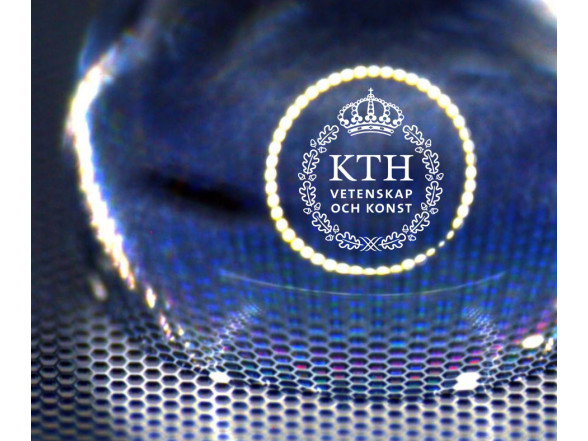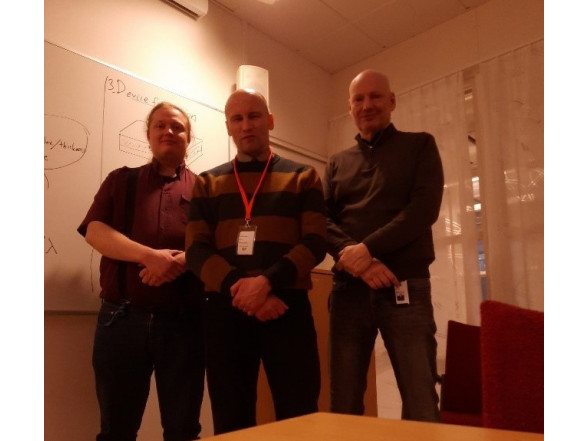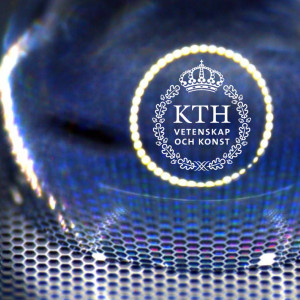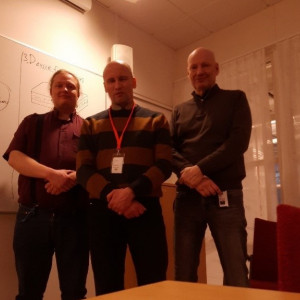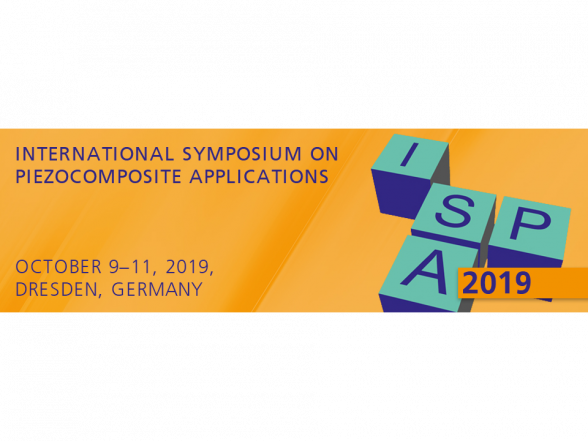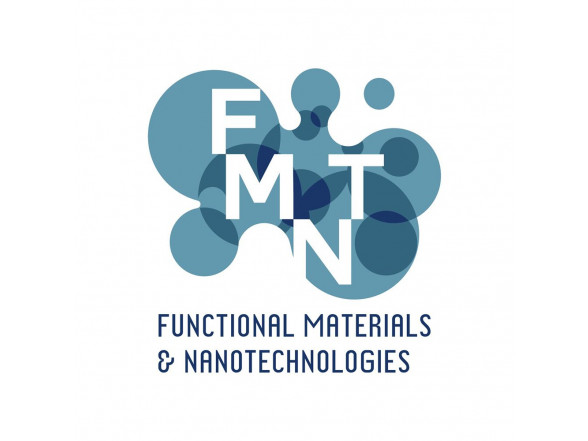From January 19th to 21st, 2025, the ISSP UL team from the Laboratory of Visual Perception, led by Varis Karitāns, visited colleagues at the KTH Royal Institute of Technology (KTH). During the visit, a focused discussion on the demonstrator project "Nanostructured Microlenses for Phase Retrieval from Far-Field Coded Diffraction Patterns" took place with esteemed colleagues Mattias Hammar and Axel Strömberg from KTH in Stockholm, Kista.
The collaborative review concluded that simulation results affirm the feasibility of the proposed phase retrieval method. Axel Strömberg contributed additional insights on simulating real device operations. Atomic force microscopy was employed to evaluate the optical quality of Si/Cr/Au/Ge/SiO2 layers deposited on both 4-inch silicon wafers using the magnetron method and 25 mm by 25 mm wafers using PECVD. It was determined that deposition parameters were effectively adjusted to minimize surface roughness. However, further steps regarding wafer dicing, polishing, and bonding were deliberated.
Mattias Hammar and Axel Strömberg suggested the exploration of various semiconducting materials to simplify device fabrication processes. A novel approach to forming a refractive interface through AlGaAs oxidation emerged as a promising topic for future research initiatives. The potential for cooperation with a Swedish wafer polishing company was also explored, aligning with the ISSP UL’s interests in wafer processing technologies.
Additionally, the Latvian team visited the optical spectroscopy laboratory at RISE, where they were introduced to the innovative application of optical fibers in cancer cell treatment, broadening the scope of collaborative opportunities.

